Nitrogen Cycle Worksheet Answer Key
The Nitrogen Cycle Worksheet Answer Key provides a comprehensive solution for students to understand the intricate processes involved in the movement and transformation of nitrogen in the environment. Designed for biology and environmental science students, this worksheet offers a concise and accurate summary of the key concepts and steps of the nitrogen cycle.
Table of Images 👆
- Carbon Cycle Worksheet Answer Key
- Nitrogen Cycle Worksheet Answers
- Biogeochemical Cycle Worksheet Answer Key
- Carbon Cycle Worksheet Answers
- Nitrogen Cycle Worksheet
- Spectrum Reading Grade 4 Answer Key
- Nitrogen Cycle Worksheet and Answers
- Cell Cycle Worksheet Answer Key
- Biogeochemical Cycles Worksheet
- Carbon Cycle Worksheet Answers High School
- Carbon Cycle Game Worksheet
More Other Worksheets
Kindergarten Worksheet My RoomSpanish Verb Worksheets
Cooking Vocabulary Worksheet
DNA Code Worksheet
Meiosis Worksheet Answer Key
Art Handouts and Worksheets
7 Elements of Art Worksheets
All Amendment Worksheet
Symmetry Art Worksheets
Daily Meal Planning Worksheet
What is the nitrogen cycle?
The nitrogen cycle is a natural process that converts nitrogen compounds into various forms throughout the environment. It includes nitrogen fixation, ammonification, nitrification, and denitrification processes that help recycle nitrogen from the atmosphere, soil, and organisms, maintaining a balance of nitrogen levels in ecosystems.
What are the main processes involved in the nitrogen cycle?
The main processes involved in the nitrogen cycle include nitrogen fixation, ammonification, nitrification, and denitrification. Nitrogen fixation is the conversion of atmospheric nitrogen into a form usable by plants, primarily carried out by nitrogen-fixing bacteria. Ammonification involves the decomposition of organic nitrogen compounds into ammonia by bacteria and fungi. Nitrification is the conversion of ammonia into nitrites and nitrates by nitrifying bacteria, while denitrification is the conversion of nitrites and nitrates back into atmospheric nitrogen by denitrifying bacteria, completing the cycle.
How does nitrogen fixation occur?
Nitrogen fixation occurs when certain bacteria, like Rhizobium and Azotobacter, convert atmospheric nitrogen gas (N2) into ammonia (NH3) or nitrate (NO3-) that plants can use to make proteins. These bacteria have the enzyme nitrogenase, which allows them to break the strong triple bond in atmospheric nitrogen and make it available for biological processes. This process is crucial for maintaining soil fertility and supporting plant growth in ecosystems.
What are the main organisms responsible for nitrogen fixation?
The main organisms responsible for nitrogen fixation are bacteria. Specifically, certain species of soil bacteria known as diazotrophs have the unique ability to convert atmospheric nitrogen gas into a form that plants can use for growth and development. This process is essential for maintaining healthy ecosystems and ensuring a sustainable nitrogen cycle in the environment.
What is nitrification and how does it happen?
Nitrification is the biological process by which certain bacteria oxidize ammonia to nitrite and then to nitrate in the soil. This process is important in the nitrogen cycle, as it converts ammonia, a form of nitrogen that plants cannot use, into nitrate which is readily taken up by plants for growth. Nitrification occurs in two steps: first, ammonia is converted to nitrite by ammonia-oxidizing bacteria, and then nitrite is further oxidized to nitrate by nitrite-oxidizing bacteria.
What role do bacteria play in nitrification?
Bacteria play a crucial role in nitrification by carrying out the two-step oxidation process of ammonia to nitrite and then to nitrate. Ammonia-oxidizing bacteria convert ammonia to nitrite, then nitrite-oxidizing bacteria further convert the nitrite to nitrate. This process is essential in the nitrogen cycle as it transforms ammonia, which is toxic to many organisms, into forms that can be utilized by plants and other organisms.
What is denitrification and where does it occur?
Denitrification is a microbial process where nitrates are converted into nitrogen gas, which is released into the atmosphere. This process occurs primarily in oxygen-deprived environments, such as waterlogged soils, wetlands, and deep ocean sediments, where bacteria use nitrates as an alternative electron acceptor in the absence of oxygen.
How does denitrification contribute to the loss of nitrogen from the ecosystem?
Denitrification is a microbial process that converts nitrate and nitrite back into atmospheric nitrogen gas, which is then released into the atmosphere. This process results in the removal of nitrogen from the ecosystem, thereby contributing to the loss of nitrogen. By converting nitrogen into a gaseous form that can escape into the atmosphere, denitrification plays a crucial role in regulating the nitrogen cycle and preventing nitrogen from accumulating in excess amounts in ecosystems.
What are the main human activities that impact the nitrogen cycle?
The main human activities that impact the nitrogen cycle include the use of synthetic fertilizers in agriculture, which can lead to nitrogen runoff into water bodies causing eutrophication; burning of fossil fuels releasing nitrogen oxides into the atmosphere contributing to acid rain and smog formation; and deforestation and land-use changes disrupting natural nitrogen cycles. Additionally, livestock farming and sewage runoff can introduce excess nitrogen into ecosystems, altering nutrient balances and leading to environmental degradation.
How does the nitrogen cycle contribute to the overall balance of nutrients in ecosystems?
The nitrogen cycle plays a crucial role in maintaining the overall balance of nutrients in ecosystems by cycling nitrogen through various forms and making it available for use by living organisms. It involves processes like nitrogen fixation, nitrification, denitrification, and ammonification, which help transform nitrogen from the atmosphere into forms that plants can absorb and use. This enables the production of proteins and DNA, which are essential for the growth and reproduction of all organisms. By facilitating the availability of nitrogen, the nitrogen cycle contributes to the productivity and health of ecosystems, ensuring a continuous supply of nutrients for the various organisms within them.
Have something to share?
Who is Worksheeto?
At Worksheeto, we are committed to delivering an extensive and varied portfolio of superior quality worksheets, designed to address the educational demands of students, educators, and parents.

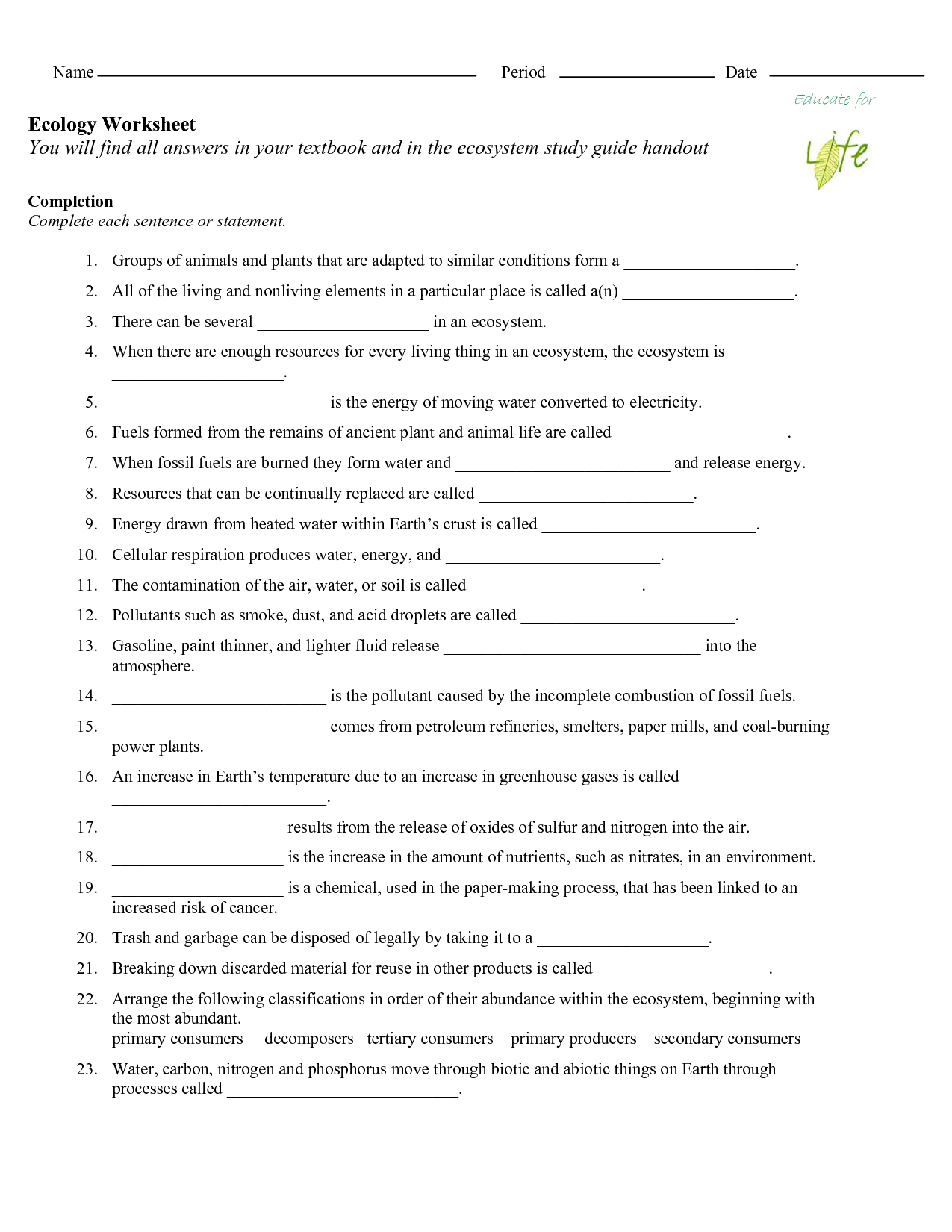



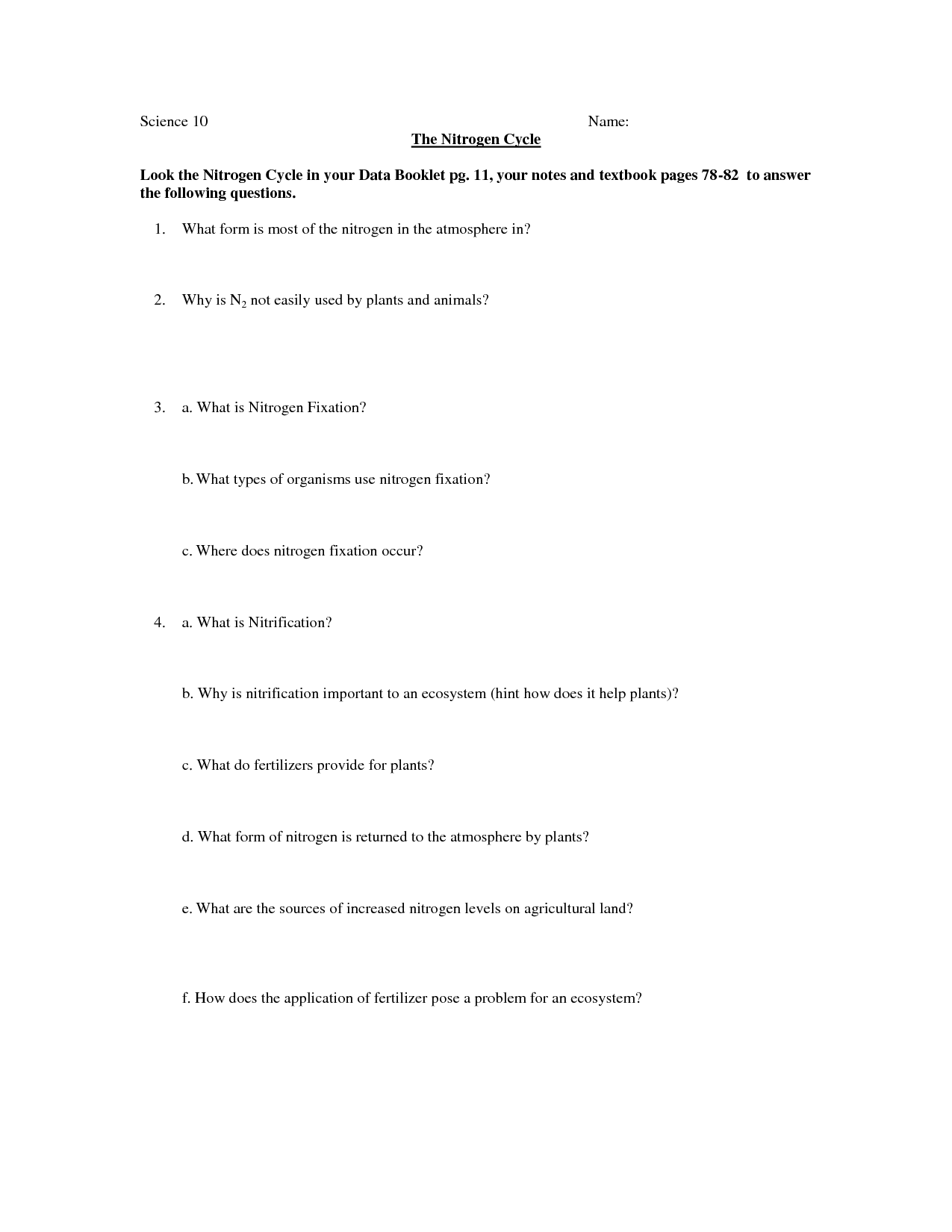
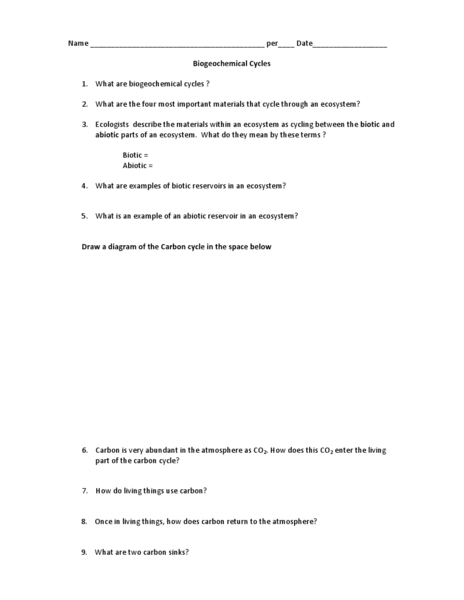
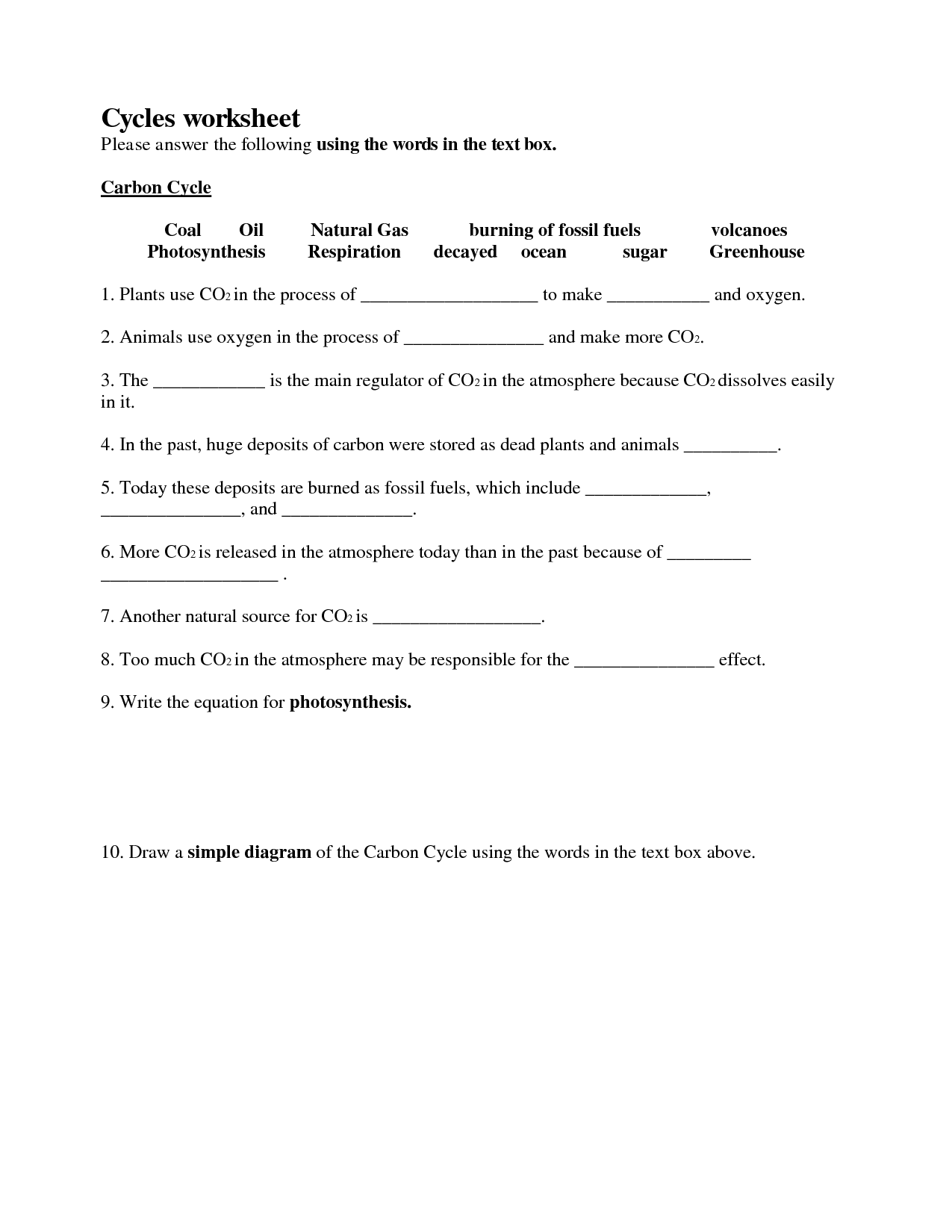
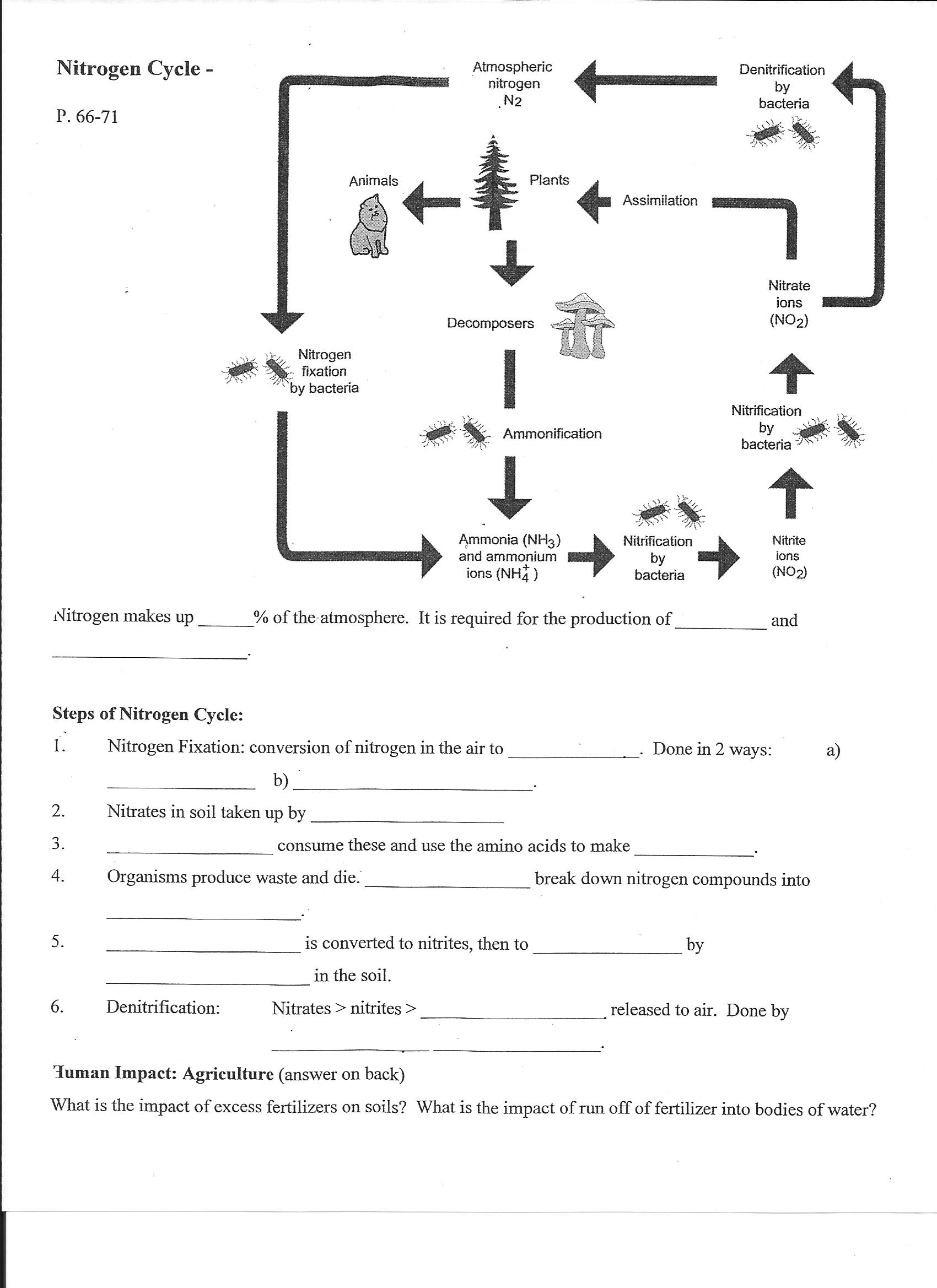
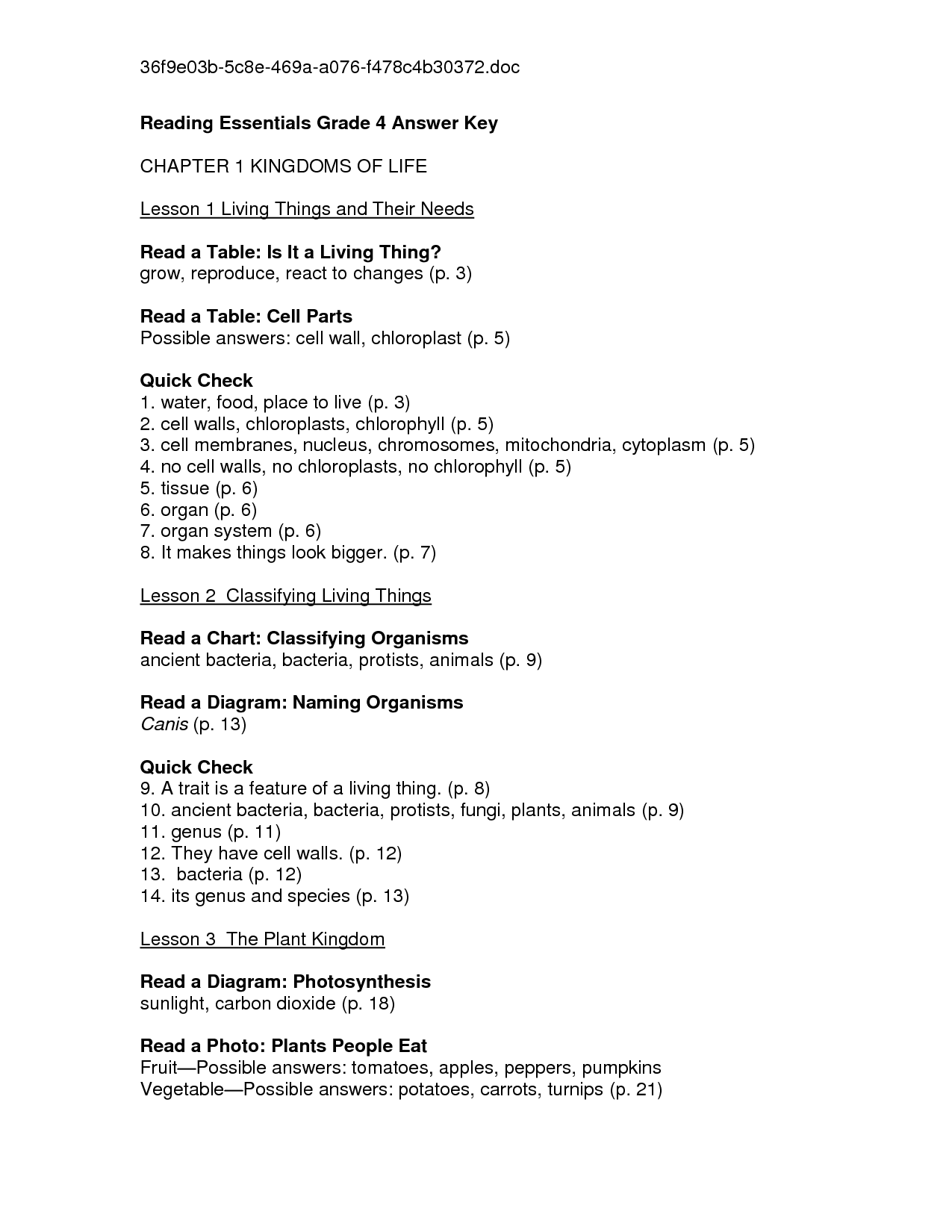
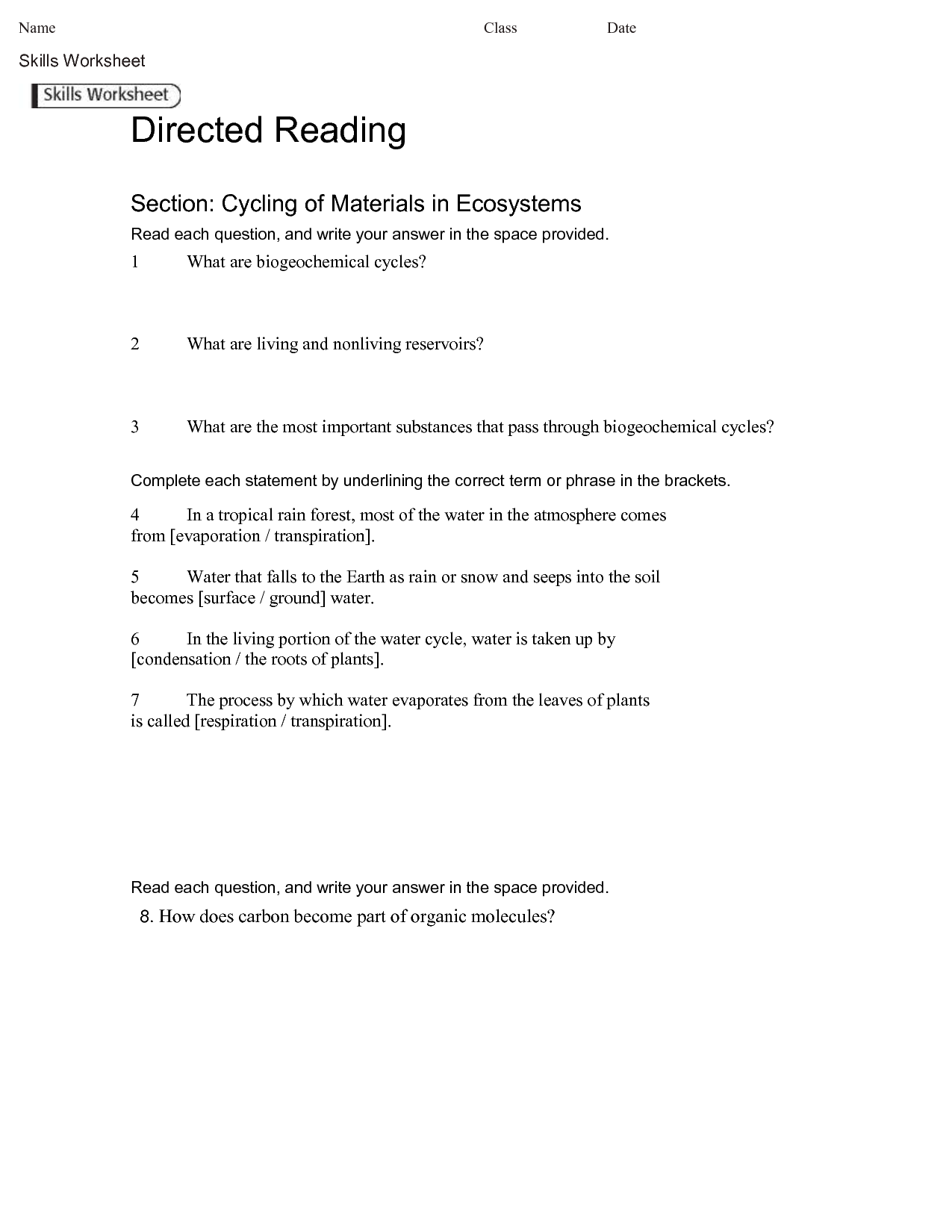
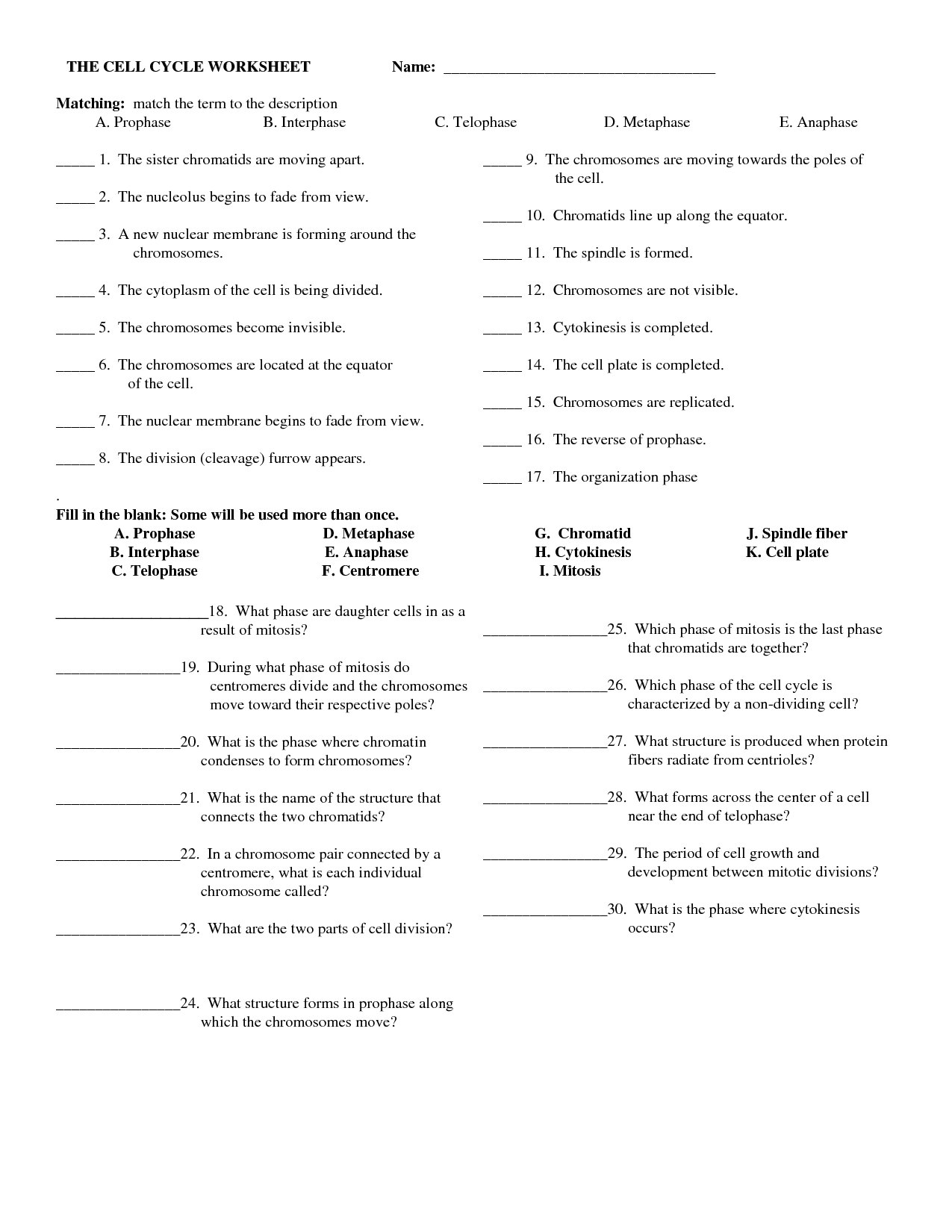

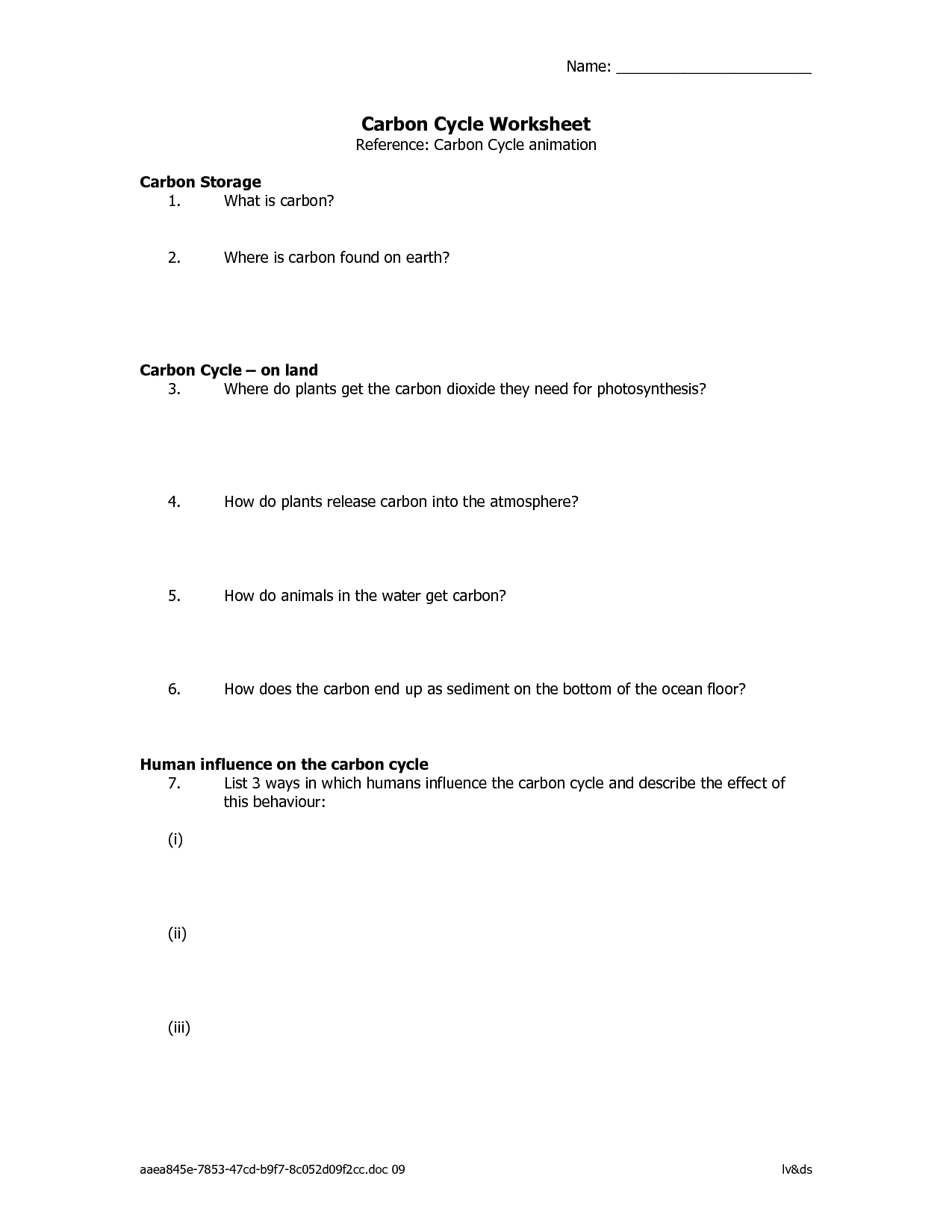
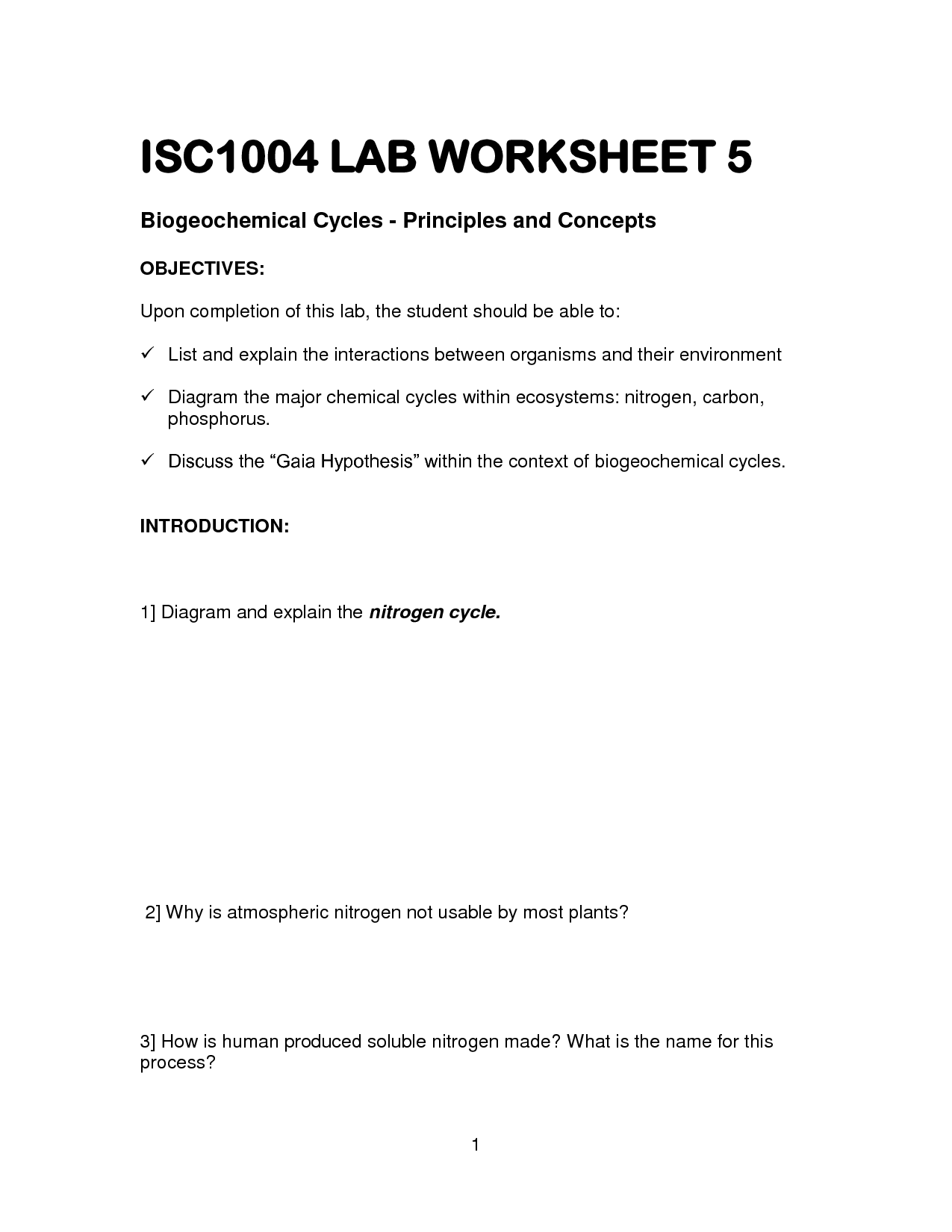


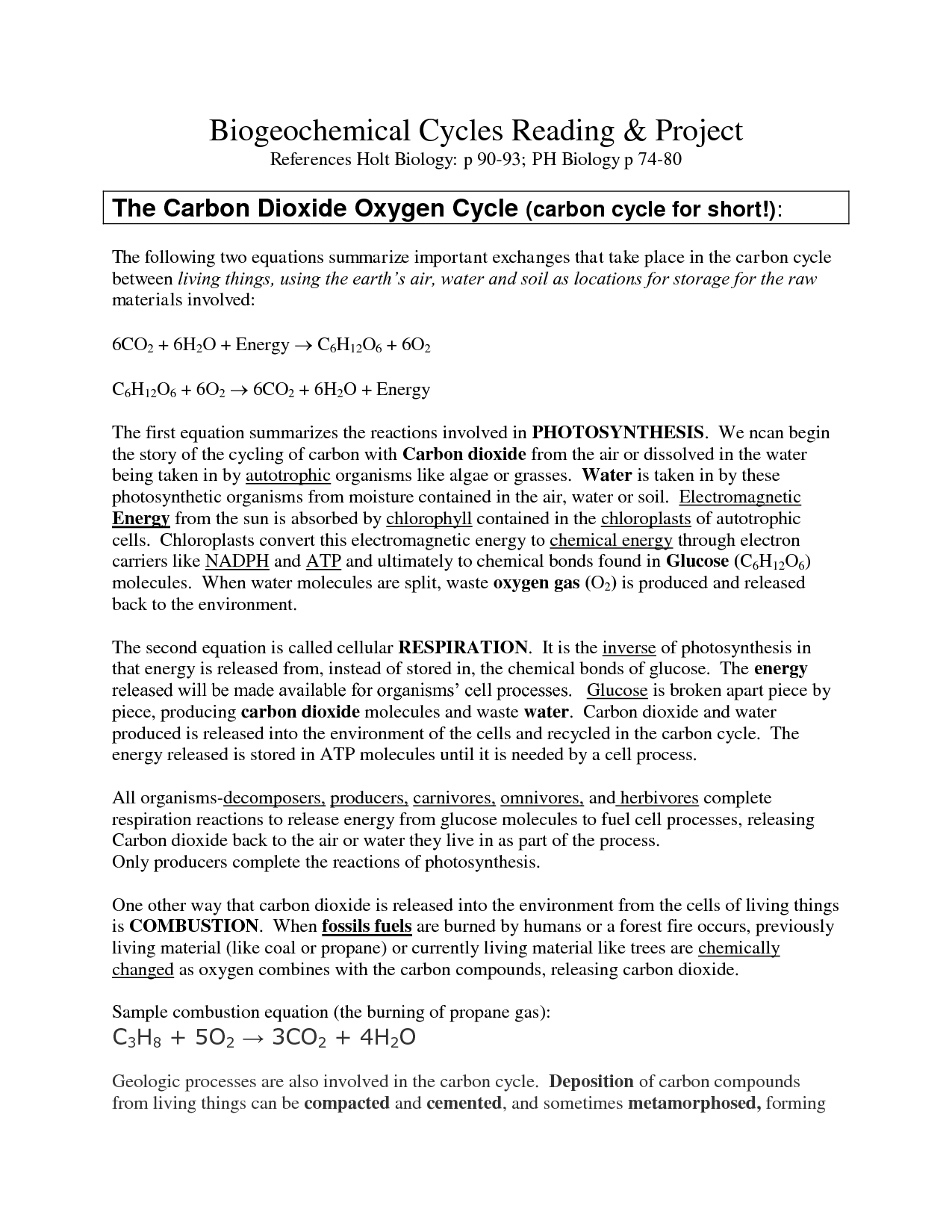















Comments